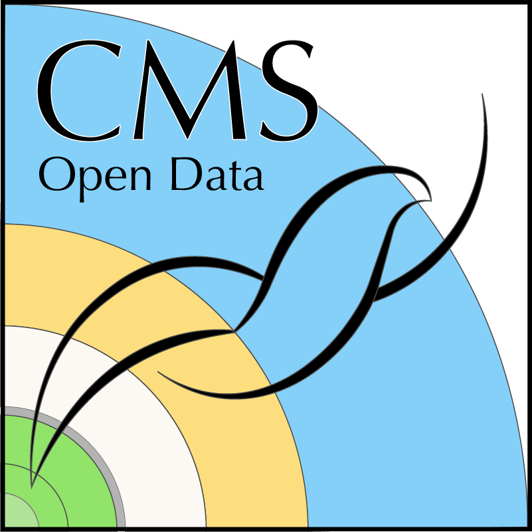Introduction
Last updated on 2025-02-06 | Edit this page
Overview
Questions
- What are public cloud providers?
- Why would you use them?
- What is Kubernetes?
- What else do you need?
Objectives
- Explain the motivation for using a Kubernetes cluster from public cloud providers.
- Explain the tools used to set up the Kubernetes cluster and run the processing workflow.
Introduction
This tutorial shows how to set up a CMS open data processing workflow using Kubernetes clusters from Google Cloud Platform (GCP).
To learn about CMS open data and the different data formats, work through the tutorials in one of our workshops.
Using public cloud resources is an option for you if you do not have enough computing resources and want to run some heavy processing. In this tutorial, we use as an example processing of CMS open data MiniAOD to a “custom” NanoAOD, including more information than the standard NanoAOD but still in the same flat file format.
We assume that you would want to download the output files to your local area and analyse them with your own resources. Note that analysis using GCP resources with your files stored on GCP is also possible, but is not covered in this tutorial.
Google Cloud Platform
Public cloud providers are companies that offers computing resources and services over the internet to multiple users or organizations. Google Cloud Platform (GCP) is one of them. You define and deploy the resources that you need and pay for what you use. As many other such resource providers (for example AWS, Azure, OHV), it offers some free getting-started “credits”.
GCP offers free trial credits for $300 for a new account. This credit is valid for 90 days.
This tutorial was set up using Google Cloud Research credits. You can apply for similar credits for your research projects. Take note that the credit has to be used within 12 months.
You can create, manage and delete resources using the Google Cloud
Console (a Web UI) or a command-line tool gcloud.
In this tutorial, we use gcloud commands to create the
persistent storage for the output data, and a Terraform script to
provision the Kubernetes cluster where the processing workflow will
run.
Terraform
Terraform is a tool to define, provision, and manage cloud infrastructure using configuration scripts.
In this tutorial, we use Terraform scripts to create the Kubernetes
cluster in a single step. The advantage - compared to plain command-line
gcloud commands - is that we can easily configure the
cluster using input variables. Also, after the workflow finishes, it is
easy to delete the resources in a single step.
Kubernetes
Kubernetes is a system to manage containerized workflows on computing
clusters. kubectl is the command-line tool to interact with
the cluster resources.
In this tutorial, we use kubectl commands to set up some
services and to observe the status of the cluster and the data
processing workflow.
Argo Workflows
The processing workflow consist of some sequential and parallel steps. We use Argo Workflows to define (or “orchestrate”) the workflow steps.
In this tutorial, the Argo Workflows services are set up using a
kubectl command. We use argo, the command-line
tool, to submit and manage the workflows.
Ready to go?
If you don’t have access to a Linux terminal or prefer not to install tools locally, you can use Google Cloud Shell. You’ll need a Google Cloud Platform (GCP) account and a GCP project. To open Cloud Shell, click the Cloud Shell icon in the top-right corner of the Google Cloud Console.
Cloud Shell comes pre-installed with gcloud, kubectl, terraform, and go. However, you’ll need to install the Argo CLI manually.
Remember that while using Cloud Shell is free, you will need to have credits (or pay) for the resources you deploy.
- Public cloud providers are companies that offer pay-as-you-go computing resources and services over the internet to multiple users or organizations.
- Terraform is an open-source tool to provision and delete computing infrastructure.
- Kubernetes is an open-source system for automating deployment, scaling, and management of containerized applications and their associated workflows across clusters of hosts.
- Argo Workflows is an open-source tool for orchestrating sequential and parallel jobs on Kubernetes.
